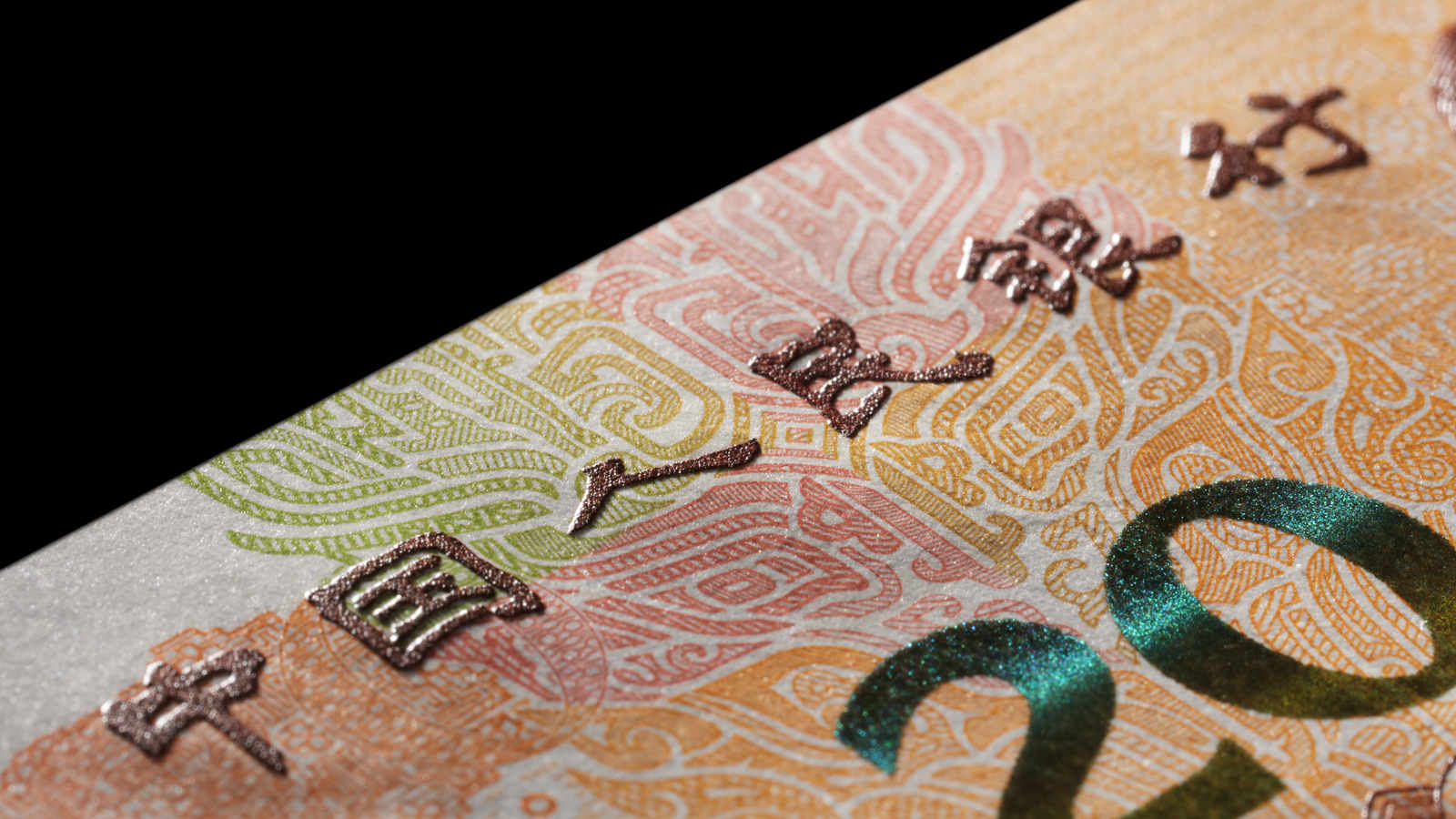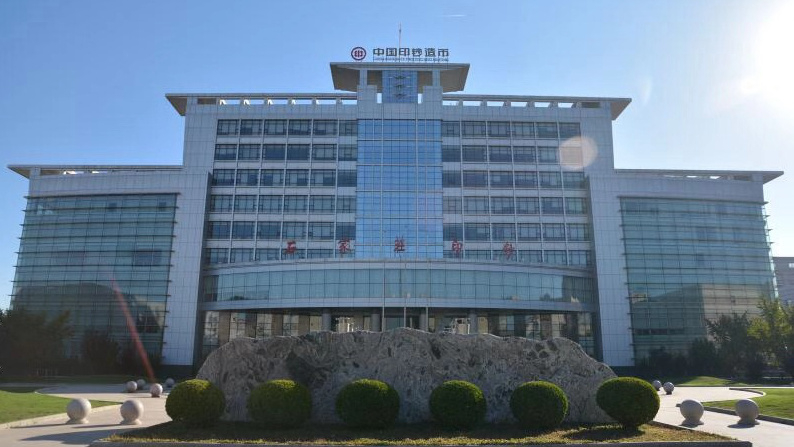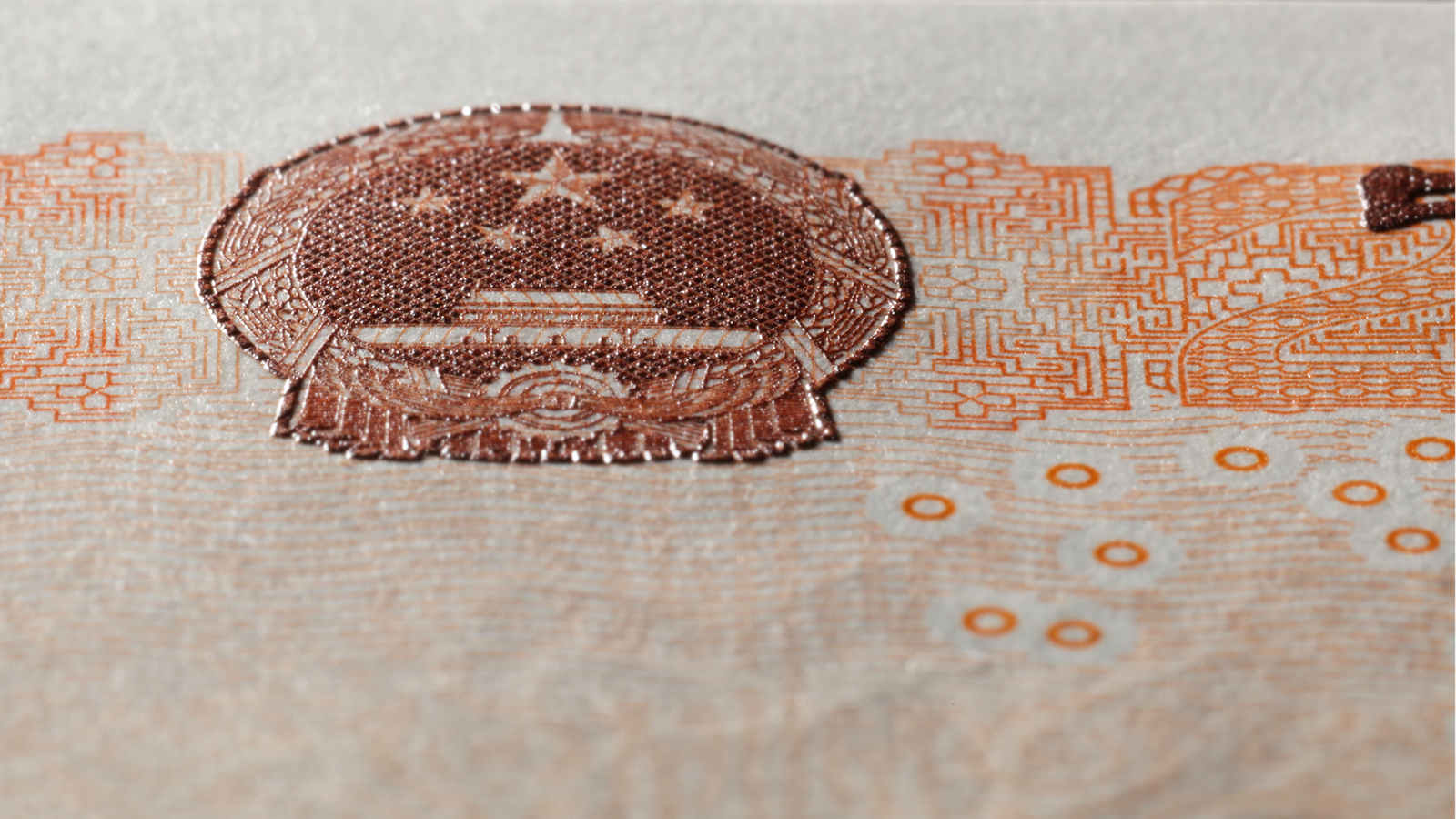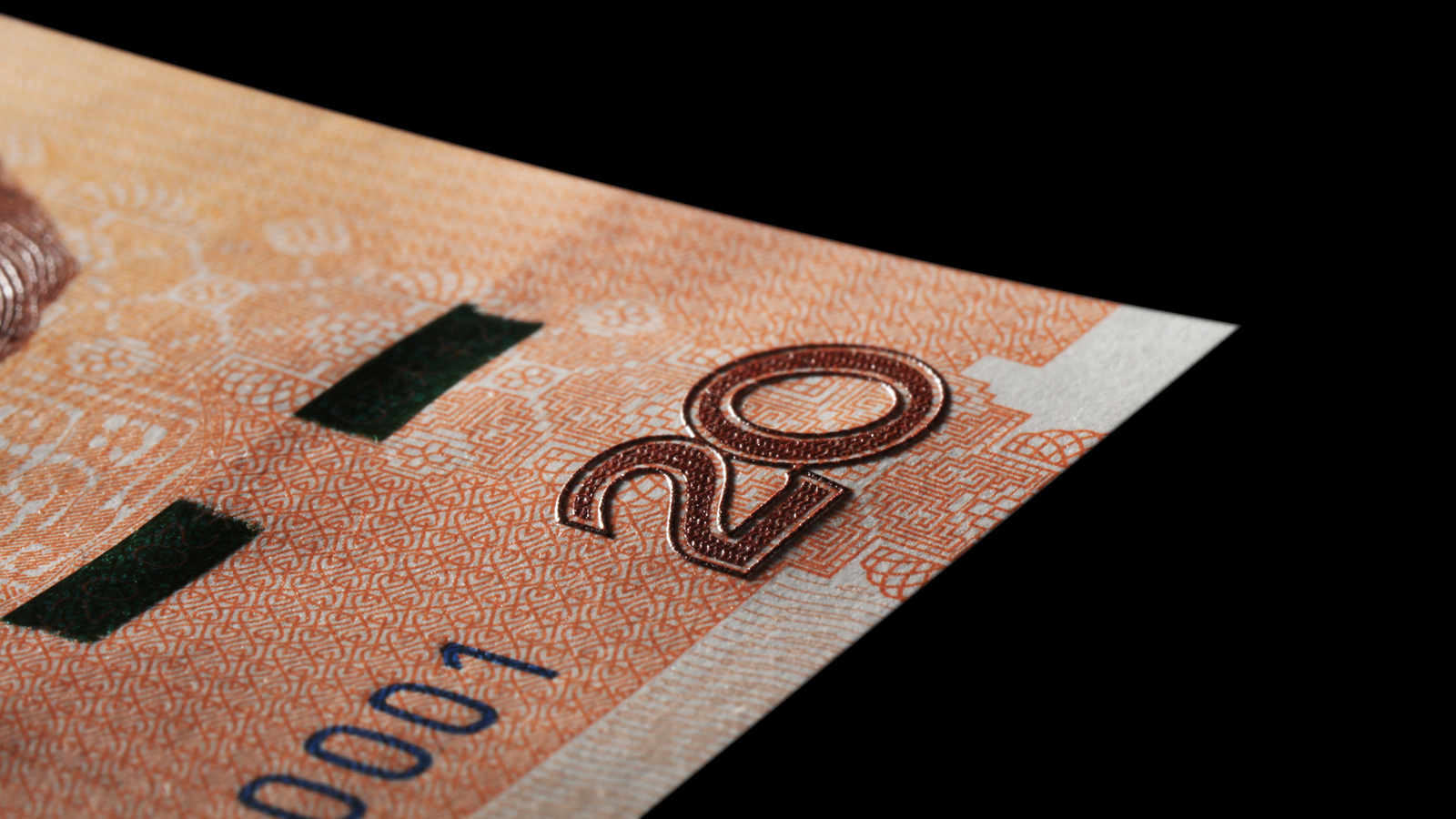

New versions of the yuan banknote are now circulating across China. They are the youngest of the 5th series of Chinese banknotes that were first issued in 1999.
The new notes are available in all current denominations except for five yuan, which are still being tested. The modern banknotes might not seem much different from its older version but they include many hidden tricks to improve anti-counterfeit measures and make them more resistant.
Compared with the older generations, the new notes are brighter and more colorful on the outside but have more technological safeguards on the inside. The yuan banknotes are made from cotton paper. The paper sheets are delivered to the mints with watermarks already on.
Here are the basic money printing steps.

A mint operated by the China Banknote Printing & Minting Corp. (CBPM) in Shijiazhuang, Hebei province / CBPM photo
The first step is offset printing for base drawing.
Step two is called gravure printing, when the banknotes are engraved with the most important marks, including the portrait of Chairman Mao, the national emblem, and the name of the central bank.
Gravure printing makes the edges of those marks curving out of the surface.

Gravure printing of new Chinese banknotes /PBOC photo
This time the designers went deeper into details and small objects like fish nets and lanterns in the Guilin Landscape painting are visible on the back of the 20-yuan notes.
Then the banknotes will be screen printed with the denomination and unique serial numbers.
The color of the denomination numbers changes when looked from different angles. And those numbers also use fluorescence detection techniques as a major anti-counterfeit feature.
Large sheets of banknotes are now ready to be cut after the final coating. The yuan banknotes have evolved in the past seven decades along with the mints in China, which are now using digital systems and intelligent machines throughout the whole printing process.

New Chinese banknotes /PBOC Photo
The People's Bank of China (PBOC) issued five series of yuan banknotes in the past 70 years. The first yuan banknotes were issued by the end of 1948. They came in 12 denominations from one yuan to 50 thousand because China was going through major post-war inflation.
They helped end the chaos in the Chinese currency market while multiple foreign currencies, gold, and silver were circulating at the same time.
The denominations of the second series ranged from one cent to 10 yuan. They were exchanged with the previous series at a ratio of one to ten thousand.
In the third series, watermarks started to be used. The paintings on those banknotes depicted people from both agriculture and industry, showing that China's industrial development was taking off.
And the fourth series has been issued since 1987, as people were getting richer after the country kicked off reform and opening up. Fifty and 100 yuan notes were added to the list and embedded with a security thread.

Copyright © 2018 CGTN. Beijing ICP prepared NO.16065310-3
Copyright © 2018 CGTN. Beijing ICP prepared NO.16065310-3